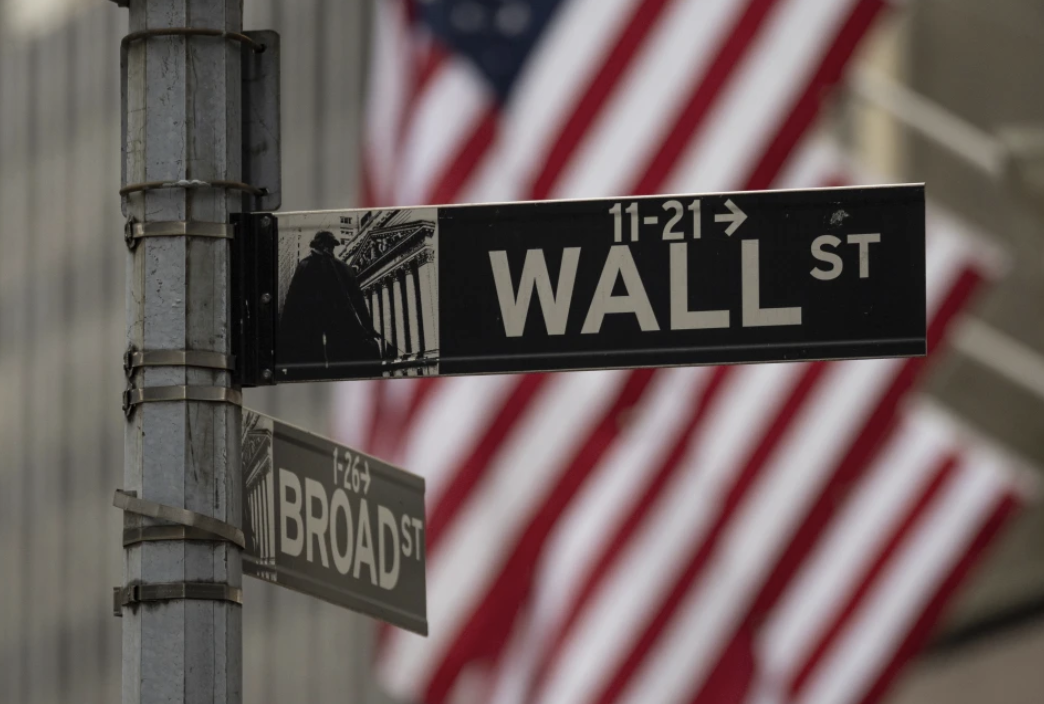The UK economy kicked off 2025 with a bang, posting a robust 0.7% GDP growth in the first quarter, according to the Office for National Statistics (ONS). This marks the strongest quarterly performance since Q1 2024, when growth hit 0.9%. Driven by a mix of consumer spending, business investment, and a pre-tariff export rush, the UK outpaced all G7 nations, leaving the US, Germany, and Japan trailing. But with inflation creeping up and US tariffs looming, analysts are questioning whether this momentum can hold. Let’s dive into the numbers and unpack what’s fueling this growth—and what might derail it.
Sector Breakdown Powering the Surge
The UK’s economic engine roared across multiple sectors in Q1. The services sector, which accounts for roughly 80% of GDP, grew by 0.7%, with retail, hospitality, and tech leading the charge. Production jumped an impressive 1.3%, fueled by manufacturing output, particularly in automotive and aerospace, as firms rushed to export before US tariffs hit in April. Construction, often a laggard, chipped in with a modest 0.3% rise, driven by infrastructure projects.
Year-on-year, GDP expanded by 1.3%, down slightly from 1.5% in Q4 2024. Real GDP per head, a key measure of living standards, climbed 0.6% quarter-on-quarter, signaling that growth is trickling down to households—at least for now. Nominal GDP, which includes inflation effects, surged 1.5% quarter-on-quarter and 5.7% year-on-year, reflecting both real growth and rising prices.
Consumer Spending Fuels the Fire
Households were a major driver, with spending up 0.8% in Q1, the highest since mid-2023. This came despite a 2.1% drop in the savings ratio, as people dipped into reserves to cover rising costs for fuel, rent, and dining out. The ONS noted a 3.4% spike in spending on restaurants and hotels, a sign of confidence—or perhaps a last hurrah before inflation bites harder. Export volumes also soared 3.5%, adding 0.4 percentage points to GDP, as businesses scrambled to ship goods to the US before Trump’s tariffs kicked in.
But there’s a flip side. The cost-of-living squeeze is tightening, with inflation hitting 3.2% in March, up from 2.8% in January. Taxes are also up, with Labour’s budget hiking employer National Insurance contributions by 1.2 percentage points. This could erode consumer confidence, which, despite a 10-month high in business optimism, remains fragile at the household level.
G7 Crown Comes with Caveats
The UK’s 0.7% growth made it the G7’s top performer in Q1. For context, the US economy shrank by 0.5%, dragged down by a 37.9% import surge that slashed GDP by 4.7 points. Germany eked out 0.2% growth, while Japan and France lagged at 0.1% and 0.3%, respectively. The UK’s edge came from its export boom and resilient consumer spending, but analysts warn this may be a one-off. The OECD projects UK growth slowing to 1.3% for 2025 (down from 1.4%) and 1.0% for 2026, trailing the Eurozone’s 1.5% forecast.
Monthly data paints a murkier picture. While March growth was revised up to 0.4% from 0.2%, April saw a 0.3% contraction, hinting at a cooldown. Thomas Pugh from RSM UK predicts Q2 growth could dip to 0.2%, as the pre-tariff rush fades and higher taxes hit.
Labour’s Economic Tightrope
Chancellor Rachel Reeves has hailed the numbers as proof Labour’s policies are working, but the shine is fading fast. The Q1 boom partly stemmed from businesses front-loading activity to dodge tariffs, a boost that’s unlikely to repeat. Reeves faces pressure to avoid further tax hikes, with public debt at 99.8% of GDP and inflation stubbornly above the Bank of England’s 2% target. The Bank held rates at 4.25% in June, but markets expect cuts to 3.75% by year-end if growth falters.
Danni Hewson from AJ Bell calls the G7 crown “almost redundant” given looming challenges. A suspicious pattern emerges: GDP has spiked in Q1 for three straight years, only to taper off sharply. This suggests seasonal distortions or policy-driven blips rather than sustained momentum.
Clouds on the Horizon
Looking ahead, the UK faces a triple threat: US tariffs, domestic inflation, and a softening labor market. Trump’s tariffs, now in effect, could shave 0.3% off GDP by 2026, per IMF estimates. Job vacancies fell 12% year-on-year in Q1, and mortgage approvals, while up 5%, signal a “treading water” property market, per Simon Gammon of Knight Frank Finance.
Still, there’s room for optimism. Business investment rose 1.9% in Q1, the strongest in two years, and export growth could stabilize if the UK-US trade deal, effective from June, lowers tariffs for carmakers and aerospace. The Bank of England’s cautious stance might also prevent overheating, keeping inflation in check.
Final Thoughts
The UK’s Q1 2025 performance is a bright spot, but it’s not the full story. With 0.7% growth, the economy showed resilience, but the data screams “use it or lose it.” Policymakers need to capitalize on this momentum by easing tax pressures and boosting investment, or risk sliding back into stagnation. For now, the UK’s wearing the G7 growth crown—just don’t expect it to stay shiny for long.

